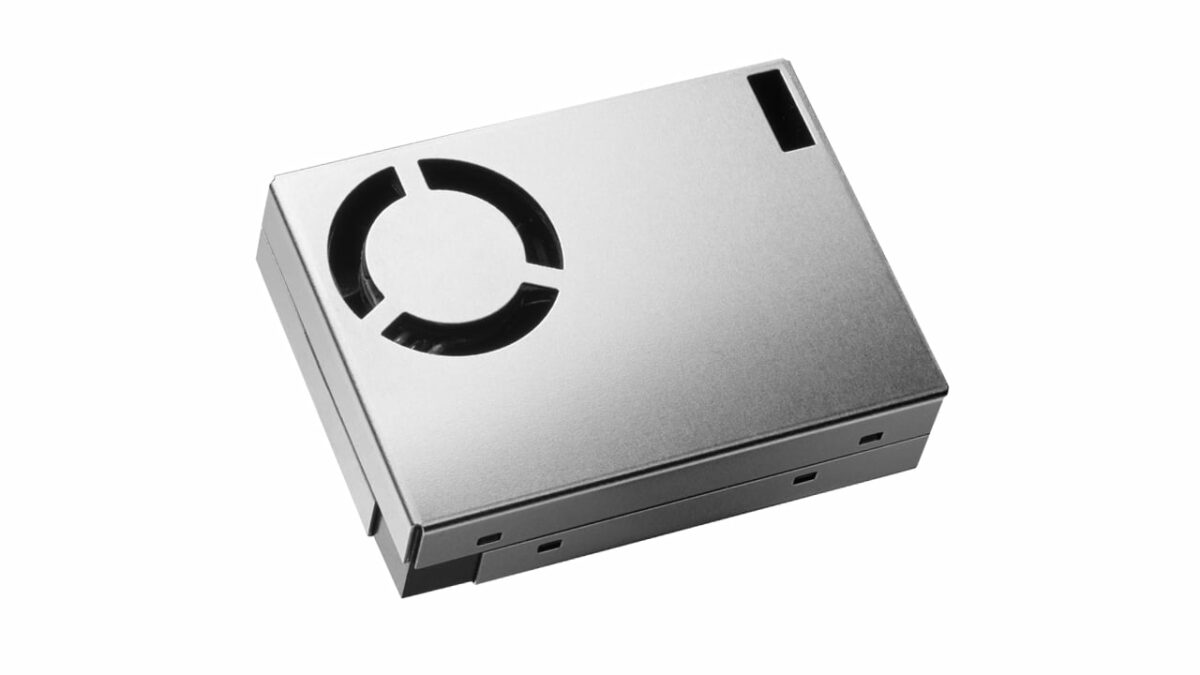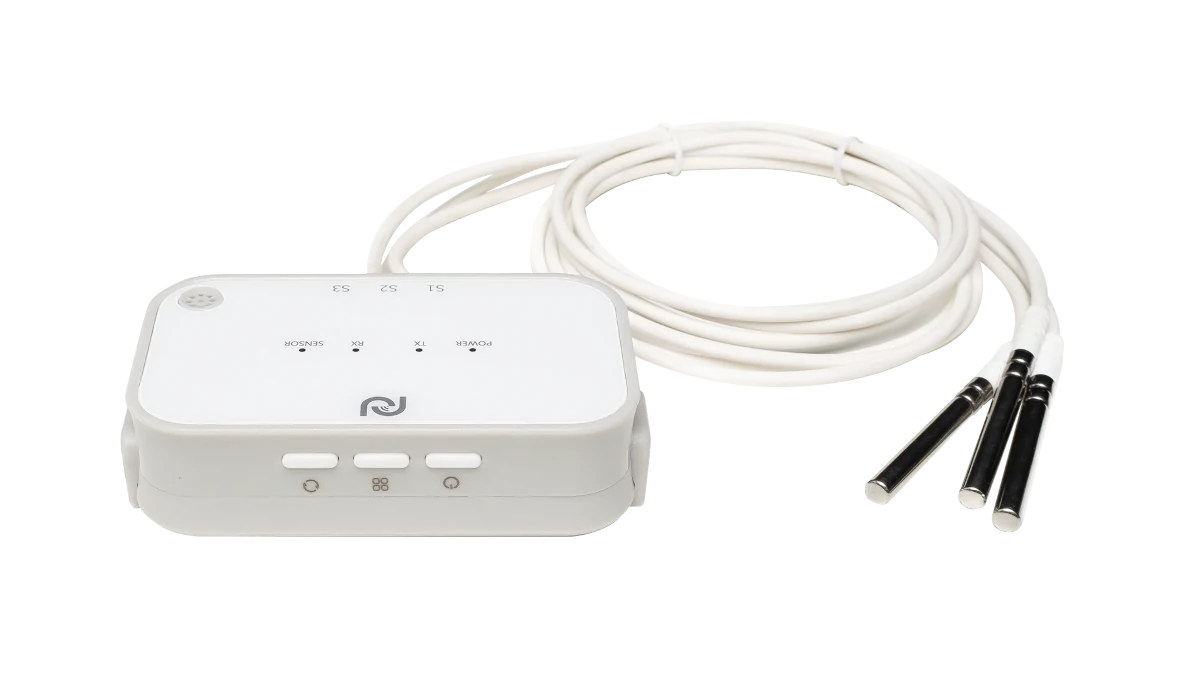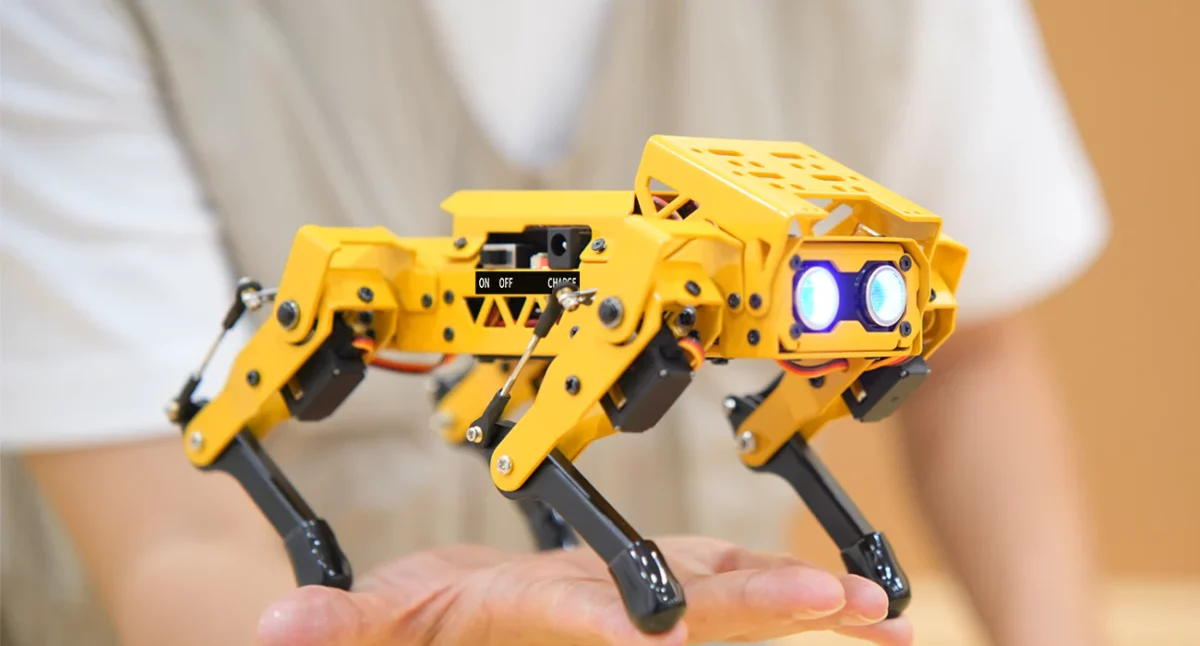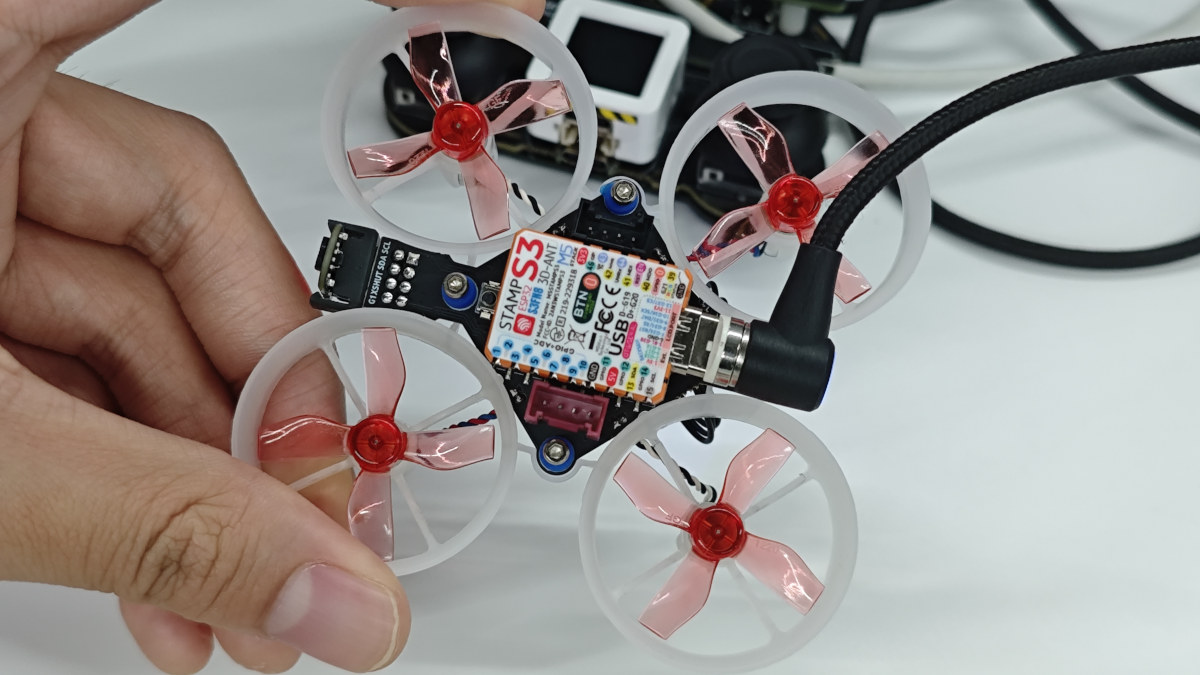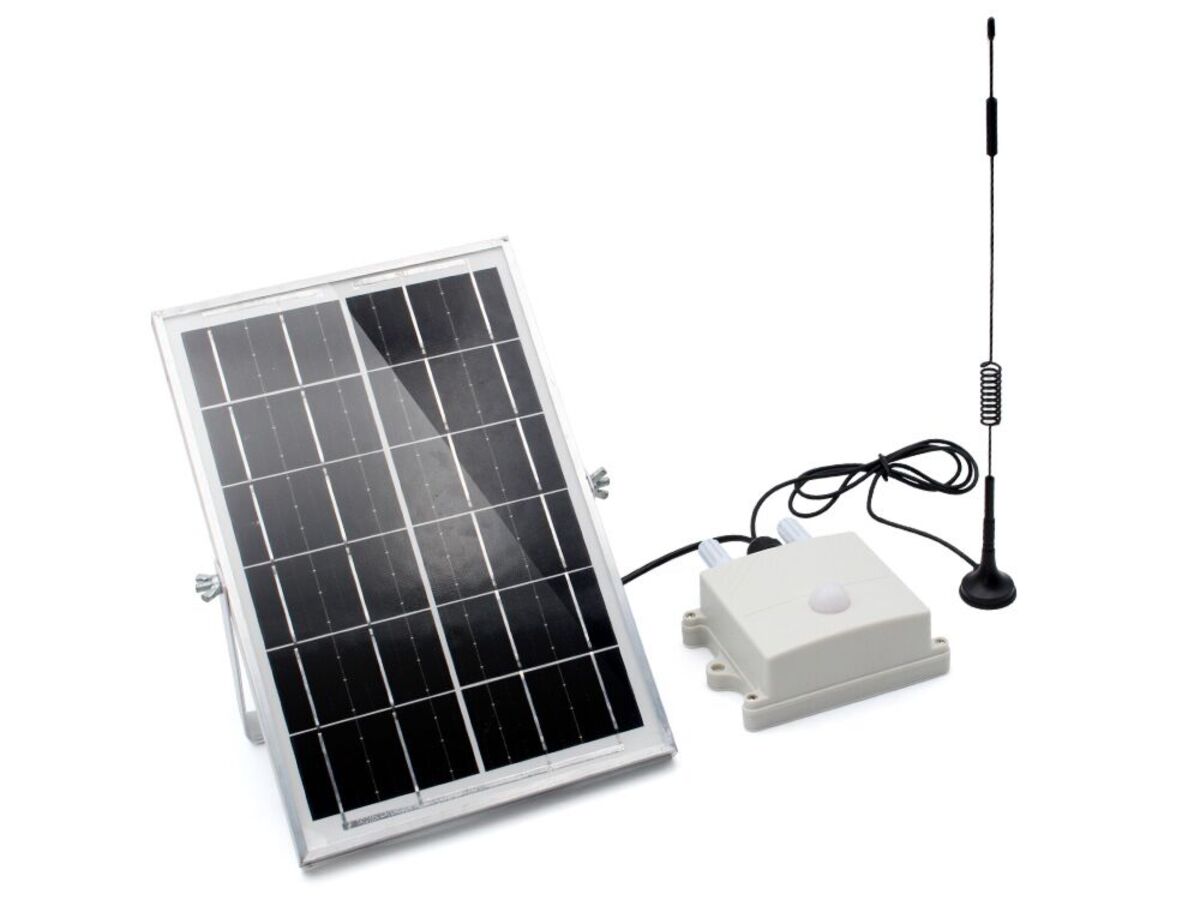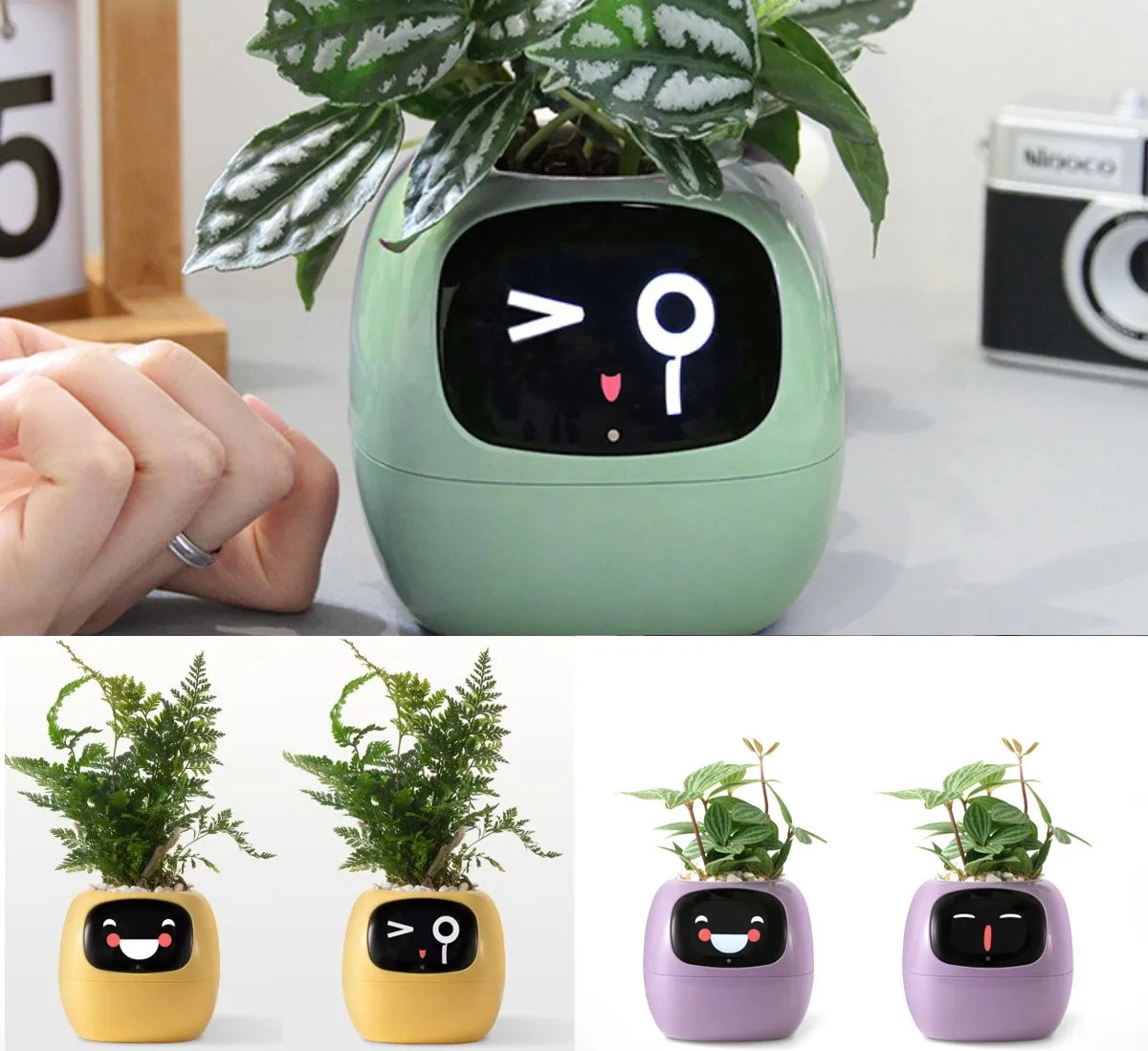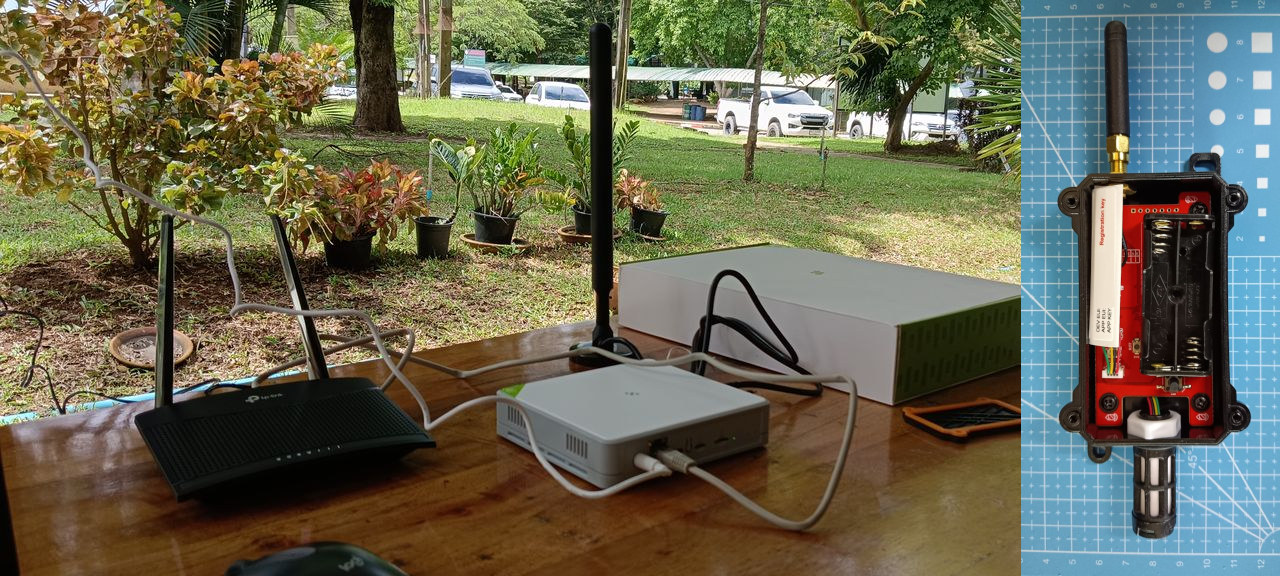Renesas Electronics has introduced the RRH62000, a compact multi-sensor module for indoor air quality monitoring. It integrates particle detection, VOC, and gas sensing with an onboard Renesas MCU for sensor management. The module is designed for use in air purifiers, smoke detectors, HVAC systems, weather stations, and smart home devices. The RRH62000 is an integrated sensor module that measures key air quality parameters, including particulate matter (PM1, PM2.5, PM10), total volatile organic compounds (TVOC), Indoor Air Quality Index (IAQ), estimated carbon dioxide (eCO2), temperature (T), and relative humidity (RH). These measurements are combined into a single package, with digital outputs available for each sensor, enabling simultaneous measurement. The module features a six-pin connector for easy plug-and-play integration. The RRH62000 is available with the RRH62000-EVK evaluation kit, which simplifies the testing of the integrated sensor module. The module measures critical air quality parameters and connects to a Windows PC via USB. […]
$119 MoreSense MS-06 air quality monitor features a Sensirion SCD40 sensor and an ESP32-S3 MCU
The MoreSense MS-06 is an ESP32-S3-based air quality monitor that takes CO², temperature, and humidity readings through a Sensirion SCD40 sensor which offers reliable performance and a lifespan of more than ten years. The MS-06 monitor’s results are identical to the Aranet4’s (considered best-in-class), putting it in a pretty good spot accuracy-wise. It is the latest entry in the MoreSense line of air quality monitors and comes with a more compact design and a touchscreen display. The built-in web server runs an interface that displays measurements, historical data visualizations, setup options, and firmware updates. Operation is completely local; sensor data can be stored on the device or a microSD card. The MoreSense MS-06 air quality sensor can be used to control a ventilation system, contributing to significant energy savings. This can be achieved through your home automation system or by using a smart plug. MoreSense MS-06 specifications: Microcontroller – ESP32-S3 […]
$49 Rejeee multiple external temperature sensor for LoRaWAN ships with three DS18B20 temperature sensors
The “Rejeee multiple external temperature sensor for LoRaWAN” is a LoRaWAN solution for temperature sensing that includes three waterproof DS18B20 temperature sensors that could be useful for cold storage, kitchen, and greenhouse monitoring. The device has a waterproof design that can withstand moisture and wet environments, is equipped with sensors measuring temperature within the -40°C to 125°C range, plus low-power LoRaWAN connectivity and Lithium AA batteries that can last up to five years when sending data every 10 minutes. Rejeee multiple external temperature sensor for LoRaWAN specifications: Microcontroller – Unnamed Arm Cortex-M MCU; potentially STMicro STM32L151 Cortex M3 @ 32 MHz based on another temperature sensor from Rejeee. LoRaWAN Data Rate – 300 bps ~ 62.5 kbps Transmit Power – 22 dBm Max. Receiver Sensitivity – -140 dBm (BW = 125 kHz, SF12) Operating Frequency – LF: 433 ~ 510 MHz; HF: 863 ~ 928 MHz Bands EU868, IN865, RU864 […]
MechDog AI Robot Dog features ESP32-S3 controller, supports Scratch, Python, and Arduino programming
Hiwonder’s MechDog is a compact AI robot dog powered by an ESP32-S3 controller that drives eight high-speed coreless servos. It features built-in inverse kinematics for precise and agile movements and has ports for various I2C sensors such as ultrasonic and IMU sensors. The robot is equipped with a durable aluminum alloy frame and a removable 7.4V 1,500mAh lithium battery for power. MechDog integrates with the ESP32-S3 AI vision module, supporting dual-mode network communication either AP Hotspot Direct Connection Mode or STA LAN Mode so that users can access a designated URL webpage via an app or PC for real-time monitoring using a high-definition camera. Also, this robot dog supports various sensor modules, including a touch sensor, light sensor, dot matrix display, and programmable MP3 module, allowing for secondary development and expansion, offering extensive creative possibilities. Previously, we wrote about the Waveshare UGV AI Rover, which features a 2mm thick aluminum […]
M5Stamp Fly ESP32-S3 WiFi drone is controlled by the M5Atom WiFi joystick controller using ESPNOW
M5Stack M5Stamp Fly is a tiny ESP32-S3 WiFi drone based on the company’s M5Stamp S3 WiFi 4 and BLE IoT module, equipped with four motors and several sensors. and controllable the M5Atom WiFi joystick controller also based on ESP32-S3 WiSoC. We have recently seen some tiny ESP32 or ESP8266 WiFi drones with a low-cost ESP32 DIY drone and the PiWings 2.0 drone, but the M5Stamp Fly is more advanced with a total of six sensors including a barometer, two time-of-flight distance sensors, a 6-axis IMU, a 3-axis magnetometer, and an optical flow detection sensors, plus two Grove connector for additional sensors or modules. M5Stamp Fly (K138) specifications: Main controller – M5Stamp S3 module WiSoC – Espressif Systems ESP32-S3FN8 dual-core 32-bit Xtensa LX7 microcontroller with AI vector instructions up to 240MHz, RISC-V ULP co-processor, 512KB SRAM, 2.4GHz WiFi 4 (802.11b/g/n), Bluetooth 5.0 BLE + Mesh, 8MB flash Connectivity 2.4 GHz WiFi […]
NBIOT/LTE-M Air Monitor – A solar-powered ESP32-S3 multi-sensor board with SIM7080G NB-IoT & LTE-M modem
The NBIOT/LTE-M Air Monitor is a solar-powered device that utilizes a combination of ESP32-S3 and SIM7080G modules for remote environmental monitoring. It monitors and transmits environmental parameters such as temperature, humidity, CO2, TVOC, and light intensity using low-power wide-area network (LPWAN) technology ensuring efficient power consumption, durability, and reliable data transmission. Previously we have written about similar environment monitor devices like the Airlytix ES1, Sonoff SC WiFi, V-Air Monitro, and devices like Arduino MKR IoT Carrier Rev2, Radair mini gateway, and Nicla Sense ME designed for environment monitoring applications. Feel free to check those out if you are interested in this type of product. NBIOT/LTE-M Air Monitor specification Wireless Module – ESP32-S3-WROOM-1-N16R8 Espressif Systems ESP32-S3R8 – Dual-core Tensilica LX7 @ up to 240 MHz with vector instructions for AI acceleration, 512KB RAM, 8MB PSRAM Storage – 16 MB flash Wireless – 2.4 GHz WiFi 4 and Bluetooth PCB antenna Cellular connectivity Module – SIMCom SIM7080G LTE Cat […]
Tuya Ivy smart flower pot monitors your plant’s inner feelings
No need to check the calendar, it’s not the first of April, and Tuya Ivy is indeed a smart WiFi-connected flower pot with a display that will report your plant’s thirst for water, need for more light, and even loneliness… Developed by PlantsIO, the Ivy smart flower pot is powered by an ESP32 wireless microcontroller connected to seven sensors including lighting and moisture sensors, and a display to show various faces. There’s also a USB-C port for power, a microSD card slot for data storage, some buttons, and a touch bar for user interaction. Tuya Ivy specifications: Wireless module – ESP32-WROVER-E SoC – ESP32 dual-core LX6 processor running at 240 MHz with 520KiB internal RAM Memory – 64 Mbit PSRAM (ESP PSRAM64H) Storage – 64Mbit SPI flash (XMC 25QH64CH10) Wireless – 2.4 GHz WiFi and Bluetooth 5.x (Only WiFi appears to be use) Storage – microSD card Display – Tri-color […]
Review of AgroSense LoRaWAN Smart Agriculture sensors with the SenseCAP M2 LoRaWAN gateway
Today, I will be reviewing the AgroSense LoRaWAN sensors from Makerfabs designed for high-precision agriculture. This time, I received four sets of sensors designed for measuring environmental data and a Seeed Studio SenseCAP M2 LoRaWAN gateway. Below is the list of items I received. AgroSense LoRaWAN Barometric Pressure Sensor – Measures the barometric pressure in a 300 to 1100 hPa range with ±0.12 hPa accuracy and 0.01 hPa resolution. AgroSense LoRaWAN Light Intensity Sensor – Measures the light intensity in a 1 to 65535 lx range with ±1 lx accuracy and ±20% resolution. AgroSense LoRaWAN Temperature & Humidity Sensor – Measures temperature and humidity in the atmosphere in the ranges of -40°C to 85°C and 0 to 100 %RH with accuracy of ±0.2°C and ±0.2% RH respectively. AgroSense LoRaWAN Industrial Temperature Sensor – Measures temperature in the industrial high-temperature environments in the -60°C to 200°C range with ±0.1°C accuracy and […]


